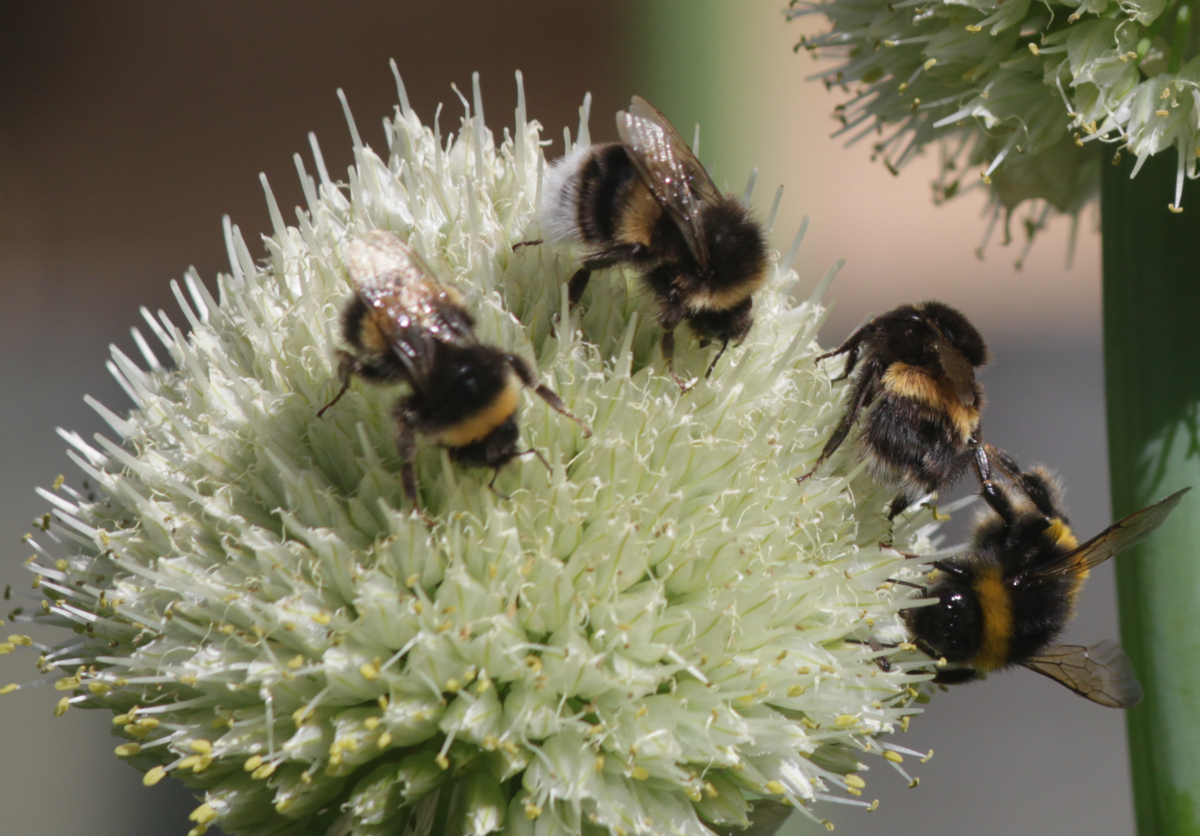Using bees for pest control
This task is about using information in a written text to evaluate a new idea.
|
Bumblebees put to work carrying pesticides to flowers
On a warm sunny day it’s not unusual to see bumblebees and other insects buzzing from flower to flower collecting nectar. At the same time they perform the very important function of pollination so that plants can produce seeds.
Researchers from a pesticide company in Canada want to give bumblebees another job – they want to use bumblebees to carry pesticides to plants to protect crops from damage caused by fungi, insects, and bacteria.
|
 |
|
Each year, farmers spend billions of dollars spraying their crops with pesticides. One problem is that when a crop is sprayed, 99% of the pesticide ends up in the wrong place: in the soil, on the wrong plants, or on the wrong part of the plant. The chemicals used also kill helpful insects like bumblebees.
The researchers' idea is to place a tray containing a new organic pesticide powder inside the bumblebee hive. The powder sticks to the bumblebees’ legs as they walk through it to leave the hive. When the bumblebees land on a plant's flower, they leave a dusting of the pesticide behind.
The new pesticide contains a fungus, Clonostachys rosea, which infects a plant without damaging it. This fungus attacks any insects, bacteria, or other types of fungi that would normally cause damage to the plant.
Currently this method is only used in glasshouses using domesticated bumblebees - not wild bees.
|
|
Here is the rest of the article:
Bees put to work carrying pesticides to flowers (continued)
The pesticide company want to commercialise the method; they want to sell both the bumblebees they breed and the pesticides to farmers. They plan to mix a range of organic and chemical pesticides together to target a variety of plant diseases or a variety of crops in one powder.
Many scientists are very concerned about unintended side effects of using bumblebees to deliver pesticides to plants. They say that, while the US Environment Protection Agency has approved the method, testing was carried out on honeybees and only over a short period of time. The effect of long term exposure to the pesticide is unknown and the pesticides may be toxic to other bee species and insect pollinators that visit treated plants.
Farmers who have used this method report massive improvements in crop health and fruit production, and they say they use a fraction of the amount of pesticide, resulting in much larger profits. Farmers think it’s much better for the environment.
Scientists are worried about what might happen if commercially bred bumblebees are released into the environment. Domesticated bees carry pathogens. These could be transmitted to wild bees causing diseases and unpredicted effects on their populations.
Another possible problem is that bumblebees will visit many sorts of flowers in their search for nectar and therefore non-targeted plants may be affected.
The pesticide company says they are “very cautious” about the insects’ well-being.
Adapted from New Scientist, No. 3045, page 13, 30/10/2015

